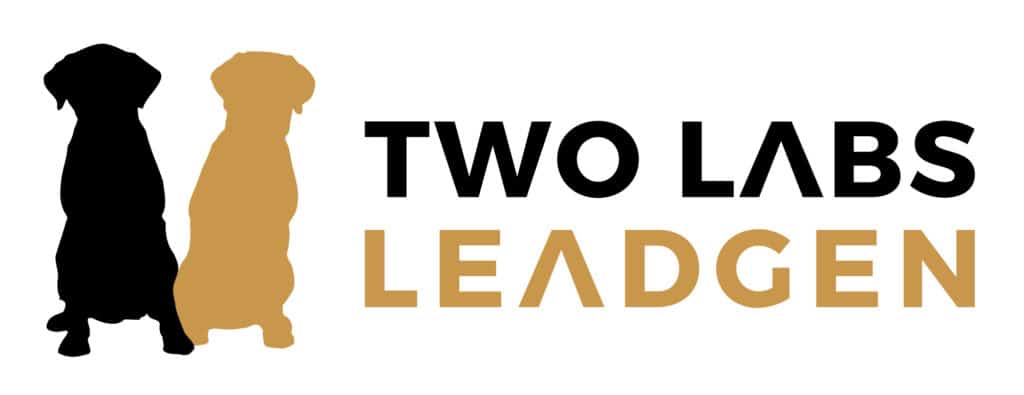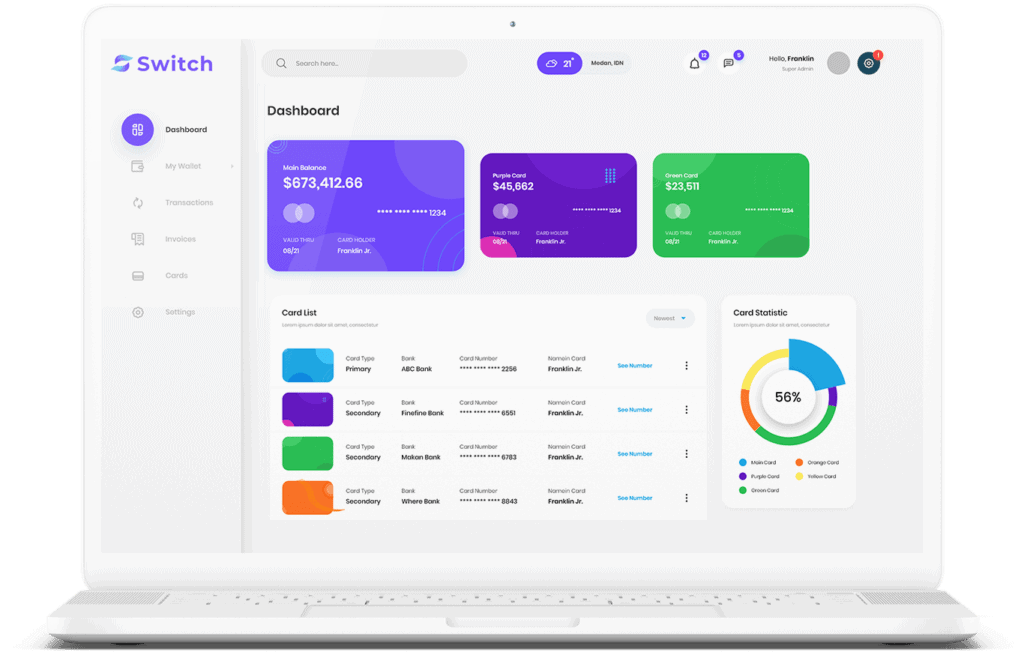Definition and Purpose of Content Marketing
– Content marketing is a form of marketing focused on creating, publishing, and distributing content for a targeted audience online.
– It is used by businesses to attract attention, generate leads, expand their customer base, increase online sales, and increase brand awareness or credibility.
– Content marketing attracts new customers by creating and sharing valuable free content.
– It helps companies create sustainable brand loyalty and provides valuable information to consumers.
– It requires continuous delivery of large amounts of content within a content marketing strategy.
Formats and History of Content Marketing
– Content marketing can be presented in various formats such as news, video, white papers, e-books, infographics, email newsletters, case studies, podcasts, how-to guides, question and answer articles, photos, and blogs.
– The choice of format depends on identifying the customer’s needs and preferences.
– Different formats allow for engaging with the audience through different mediums.
– Traditional marketers have used content to disseminate information about a brand and build its reputation.
– Content marketing techniques were applied in the late 19th century, using technological advances in transportation and communication.
– Examples include Benjamin Franklin’s Poor Richard’s Almanack, Johnson & Johnson’s Modern Methods of Antiseptic Wound Treatment, John Deere’s The Furrow, and Michelin’s Michelin Guide.
– During the golden age of TV, advertising focused on sales rather than connecting with the public, with few ventures into content marketing.
– The rise of computers and the Internet in the 1990s opened new opportunities for content marketing through websites, blogs, and email.
Implications and Impact of Content Marketing
– Content marketing has transformed traditional businesses into media publishing companies.
– Examples include Red Bull’s YouTube videos and sponsored events, Mint.com’s personal finance blog MintLife, and the growth of online platforms like YouTube and Yelp.
– Red Bull Media House produces full-length feature films and publishes The Red Bulletin magazine.
– Mint.com used MintLife to build an audience and trust before selling their product to Intuit.
– Online platforms like YouTube and Yelp have seen significant growth and are actively curated by businesses to expand their reach.
– Content marketing has become a powerful model for marketers, focusing on storytelling and conveying messages without solely pushing products or services.
– Forbes Magazine reported that by 2013, 93% of corporations used content marketing as part of their overall marketing strategy.
– However, only 21% of marketers believed they were successful at tracking return on investment.
– The rise of content marketing has challenged traditional media outlets like newspapers, magazines, radio, and TV.
– Marketers must adapt to the changing landscape and effectively measure the impact of their content marketing efforts.
Metrics and Measurement of Content Marketing
– Brand awareness and visibility can be measured through the number of visitors to a page, time spent on the page, click-through across pages/photos, number of emails collected, and engagement indicators.
– Brand health metrics include share of voice (SOV), sentiment analysis, brand influence, positive or negative feedback, and importance of brand for consumers.
– Diversified user base metrics include demographics of visitors, sources of traffic, differences in buying patterns and user behavior, cookies and tracking, and online behaviors and habits.
– Sales metrics include conversion rates in the sales process, click-through rates at each stage of the conversion funnel, time spent on the page, re-engagement of visitors, and click-through across product pages.
– Innovation metrics include consumer commentary on social media, brand engagement, trend spotting, product and service improvement, and building brand loyalty.
Digital Content Marketing and Strategies
– Digital content marketing involves the management process, use of digital products, electronic channels, and examples of successful campaigns.
– The way of digital content marketing includes the supply chain and user experience, content providers and distributors, search engines and smart agents, design and user experience, and interaction with consumers through electronic services.
– Examples of successful content marketing campaigns include Spotify Wrapped and Dollar Shave Club.
– Understanding brand language, content strategy, custom media, earned media, and interactive marketing is important in the context of content marketing.
– Digital rights management and e-services are also important considerations in the world of content marketing.


